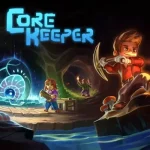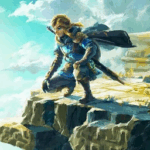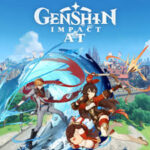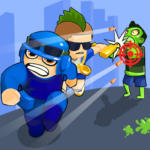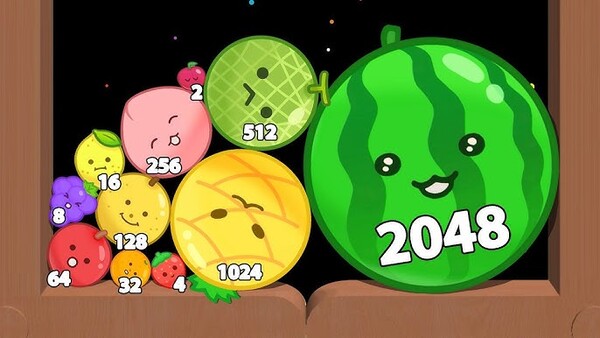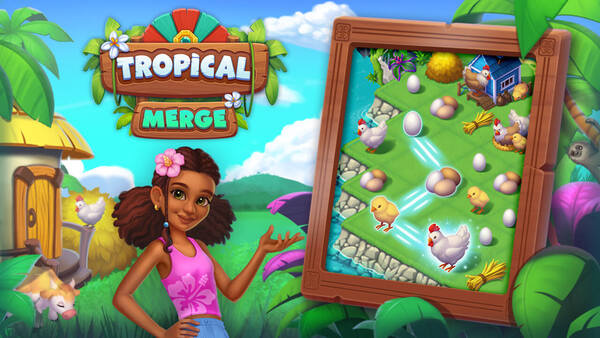Don't Starve Together: A Comprehensive 2025 Review of Klei’s Survival Masterpiece
Survival games often test your patience, strategic thinking, and ability to adapt. Few games, however, do it with as much eerie charm and consistent depth as Don't Starve Together (DST). Developed by Klei Entertainment, this standalone multiplayer expansion of the original Don't Starve continues to be a genre-defining survival game even years after its release. With frequent content updates, improved multiplayer support, and evolving gameplay, the 2025 version of DST is both rich and punishing in equal measure. In this in-depth review, we’ll explore the game’s various mechanics across its lifecycle—from spawning into the world to late-game boss fights—while breaking down its newest updates, strengths, weaknesses, and overall rating.
Introduction to Don’t Starve Together
Don’t Starve Together drops players into a gothic wilderness with one primary goal: survive. There are no tutorials, no hand-holding, and no second chances unless you or your friends craft the means to resurrect. Unlike the original, this game emphasizes teamwork, cooperative exploration, and survival tactics. Whether you’re exploring solo or managing an entire team of players, DST makes it painfully clear that the world doesn’t want you alive.
The appeal of DST comes not only from its core mechanics but from its unique tone—melancholic yet playful. The game feels like a blend of Tim Burton’s aesthetics and unforgiving roguelike mechanics. Let's journey through the different stages of gameplay and unravel why DST remains a top-tier survival game in 2025.
Spawning Into the Unknown: Your First Day
The moment you enter the world, you’re met with a haunting warning: “Say, pal, you don't look so good. You'd better find something to eat before night comes.” These first in-game hours are deceptively calm.
In this stage, gathering is essential. Players must quickly collect twigs, grass, flint, berries, and carrots. The focus is on crafting primitive tools—an axe and a pickaxe—to chop trees and mine rocks. As night falls, players must build a campfire to avoid being devoured by unseen horrors.
This stage is particularly intense for new players. With permadeath always looming, a poorly timed misstep—like exploring too far or not lighting a fire—can end your run in minutes.
Building the Foundation: Surviving the First Week
If you survive a few in-game days, the game opens up. The focus shifts from mere survival to sustainability. You begin to set down roots and plan long-term.
You’ll want to create a Science Machine and eventually an Alchemy Engine. These crafting stations unlock recipes for better tools, clothing, weapons, and structures. At this point, you’ll also discover that food spoils, sanity deteriorates in darkness, and hostile creatures lurk nearby.
Weather and biome diversity start to matter. Whether you’re settling in a forest for wood or near a pond for frog legs, each location comes with benefits and dangers. The key here is to gather enough resources to prepare for your first major threat: winter.
Forming a Base and Managing Resources
A strong mid-game in DST hinges on the quality of your base. Establishing a good camp location—ideally near beefalo, pig houses, and food sources—is crucial for long-term success.
Base structures such as crock pots, drying racks, farms, and chests allow you to manage hunger more efficiently. Defensive measures like walls and traps can be added to prevent hound attacks, which occur periodically. You’ll also want to create backup items and store gear for emergencies.
Working together with teammates adds new layers of strategy. You can split tasks—one gathers, another crafts, another fights—which makes survival more manageable. Miscommunication, however, can lead to catastrophe.
Facing Seasonal Threats: Winter Is Coming
Winter in DST transforms the game from a semi-relaxing survival experience into a relentless struggle against nature. Temperatures plummet, food sources dwindle, and enemies become stronger.
Preparing for winter means crafting warm clothing (like rabbit earmuffs or a winter hat), thermal stones, and building heat sources like fire pits. Hunting becomes necessary as crops stop growing. Ice can be harvested but offers little nutrition, so players must rely on meat and preserved food.
You’ll also encounter your first seasonal boss: the Deerclops. It appears randomly during winter and will target your structures and characters with devastating force. Beating or avoiding it requires planning, traps, and potentially team-based strategies.
Spring’s False Hope: Flowers and Frogs
Once winter ends, spring seems like a relief—until the rains start. Constant wetness makes fires sputter, tools slip from your hands, and sanity deteriorates fast. Spring is arguably one of the most deceptive seasons in DST.
The environment floods with frogs and lightning strikes. If you haven’t crafted lightning rods or waterproof gear, you’re in for a rough time. Managing sanity becomes a daily struggle as flowers bloom but your mental health tanks.
Despite the dangers, spring also offers hope. Replenished crops, abundant butterfly wings for healing, and blooming flora make it a time for rebuilding and stockpiling before summer.
Summer Heat and Fiery Death
Summer may look bright, but it’s perhaps the most dangerous season for the unprepared. Overheating becomes a major threat, with temperatures soaring high enough to kill you in minutes without proper gear.
Structures like endothermic fires and ice flings are essential for survival. These allow you to cool down and prevent wildfires from spreading across your base. You’ll also want to stay underground or stockpile ice to avoid burning alive.
This season challenges your preparation and resource management. It’s often recommended to avoid surface exploration entirely and instead dive into caves—an entirely different biome filled with its own horrors and treasures.
Late Game: Caves, Ruins, and Shadow Mechanics
By the time players reach the late game, most will be venturing into the caves and ruins. These areas are not just difficult—they’re brutal. Enemies like depth worms, ancient guardians, and nightmare creatures require strong armor, healing items, and high-tier gear.
Exploring the ruins grants access to Thulecite, one of the rarest and most powerful materials. You’ll also uncover the secret behind shadow magic, which allows players to craft gear like the Dark Sword or use the Shadow Manipulator.
This stage rewards mastery and risk-taking. It’s not just about surviving anymore—it’s about conquering the game’s harshest environments and crafting high-tier gear.
Multiplayer Dynamics and Player Roles
One of DST’s strongest features is its multiplayer design. Every character has a unique skill set. For example, Wigfrid excels in combat but can only eat meat. Wurt thrives in swamps but hates pigmen. Wendy can summon her ghost sister for combat, while Wickerbottom can instantly grow crops with her books.
Assigning roles to players helps balance the team:
-
One person hunts
-
One builds and crafts
-
One explores new biomes
-
One farms or maintains sanity
But with more players come more mouths to feed and more things to manage. It’s a delicate balance that leads to either success or hilarious disaster.
Latest Updates in 2025: The Brightmare Arc
The 2025 update introduced the Brightmare Arc, a series of interconnected updates that add new creatures, biomes, and endgame mechanics. Here are some major features:
-
The Lumen Woods: A glowing biome filled with aggressive plantlife and light-sensitive creatures
-
New Character: Liorah: A bioluminescent botanist who gains power from light but weakens in total darkness
-
Brightmare Fuel: A new crafting material that allows creation of light-based magical tools
-
Dynamic Weather Events: Solar storms and radiant fog that alter creature behavior and visibility
These additions deepen the lore, expand crafting trees, and provide new reasons for veteran players to re-engage with the game.
Final Verdict and Rating
Don’t Starve Together continues to be one of the best and most complete survival games on the market. Its combination of grim atmosphere, intricate survival mechanics, and unpredictable multiplayer chaos offers an experience like no other. The new 2025 Brightmare update shows that Klei Entertainment is still committed to evolving the game in meaningful ways, keeping the community engaged with fresh challenges and content.
For newcomers, the initial difficulty might seem harsh—but those who endure the pain will uncover a deeply rewarding experience filled with discovery, strategy, and camaraderie.
Rating: 9.2/10
A hauntingly beautiful and punishing survival experience that grows richer with every update.

